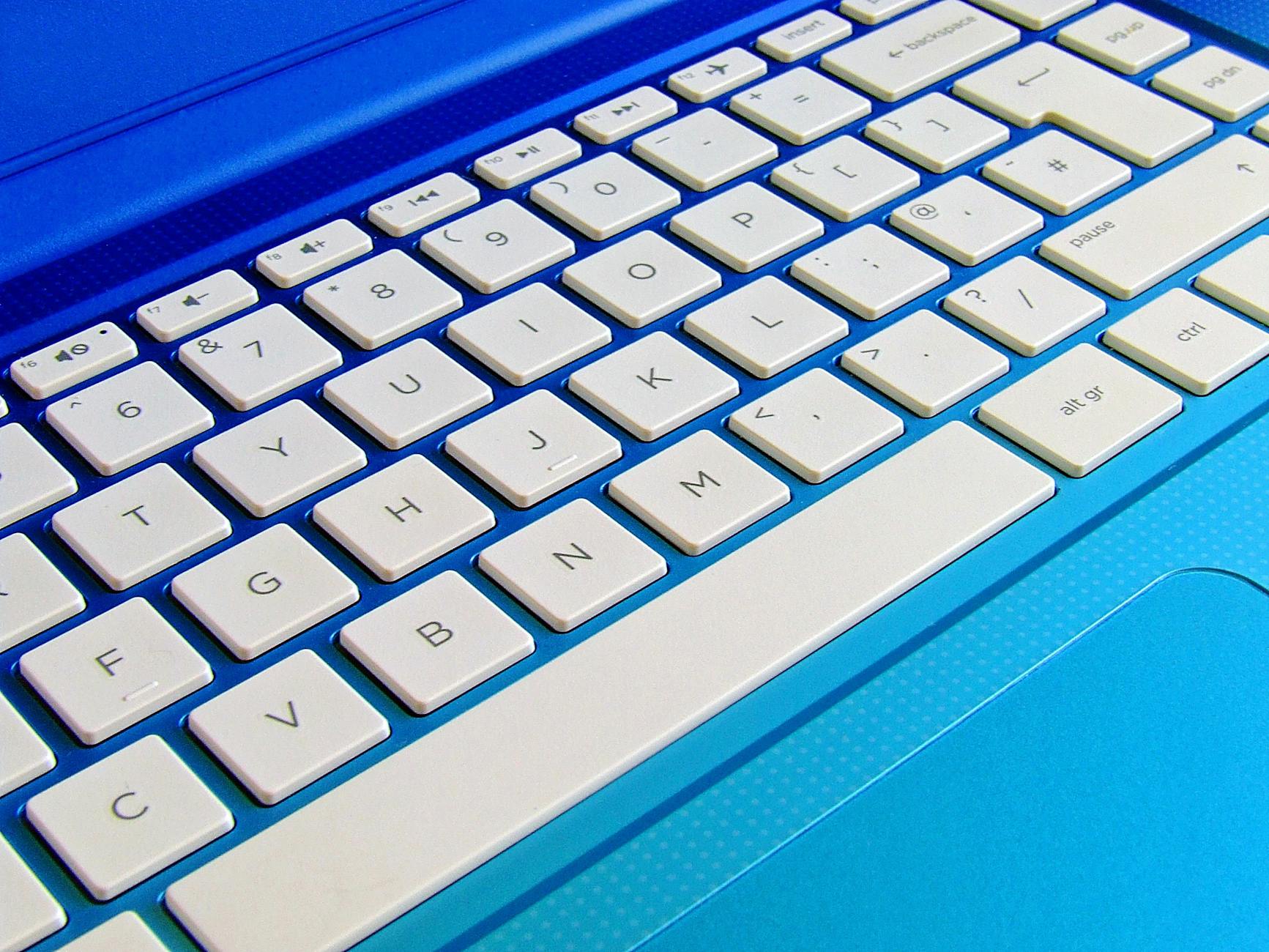Python Installation 101: A Step-by-Step Guide for Beginners

Unravel the mystery behind Python installation with this comprehensive beginner's guide. Get ready to kickstart your coding journey today!
Table of Contents
Hey there! If you are ready to dip your toes into the world of Python programming, you've come to the right place. Python is a versatile and powerful programming language used in web development, data science, artificial intelligence, automation, and more. In this guide, we will walk you through the steps to install Python on your computer so you can start coding like a pro.
Check if Python is already installed on your computer
Before diving into the installation process, it's a good idea to check if Python is already installed on your computer. To do this, simply open a command prompt or terminal window and type python. If Python is installed, you will see the version number displayed. If not, you'll need to proceed with the installation.
Download Python
Head over to the official Python website at www.python.org to download the latest version of Python. The website should automatically detect your operating system, but make sure to select the correct version for your specific setup (Windows, MacOS, or Linux). Click on the download button to start the process.
Run the Python installer
Once the Python installer is downloaded, double-click the file to run the installation wizard. Follow the on-screen instructions to complete the installation. Windows users can choose the option to add Python to the system PATH during the installation process, which allows you to run Python from the command prompt easily.
Verify the installation
To ensure that Python has been successfully installed on your computer, open a command prompt or terminal window and type python. If Python is installed correctly, you should see the Python interpreter open up, displaying the version number and a prompt to start coding. You can also test a simple Python command, such as printing "Hello, World!" to confirm that everything is working as expected.
| Step | Description |
|---|---|
| 1 | Download Python Installer |
| 2 | Run Python Installer |
| 3 | Choose Install location |
| 4 | Add Python to PATH |
| 5 | Customize Installation |
| 6 | Install Python |
| 7 | Verify installation |
Conclusion
Congratulations, you've successfully installed Python on your computer! Now that you have access to this powerful programming language, the sky's the limit in terms of what you can create. Whether you're interested in web development, data analysis, or automation, Python has got you covered. So, what are you waiting for? Start exploring the world of Python today and unlock your full coding potential with the help of Windows for Dummies.
FAQ
Do I need to uninstall any previous versions of Python before installing a new one?
It is not necessary to uninstall previous versions of Python before installing a new one. You can have multiple versions of Python installed on your computer without any conflicts.
Can I install Python on a Mac or Linux operating system?
Yes, Python is available for installation on Mac and Linux operating systems. Simply visit the official Python website and download the appropriate version for your system.
What is the difference between Python 2 and Python 3?
Python 3 is the latest version of the Python programming language and is recommended for all new projects. Python 2 is an older version that is no longer supported by the Python community. It's best to use Python 3 for all your programming needs.
Can I use Python for data science and machine learning projects?
Yes, Python is a popular choice for data science, machine learning, and artificial intelligence projects. It offers a wide range of libraries and frameworks like NumPy, Pandas, and TensorFlow that make it ideal for working with data and creating machine learning models.


